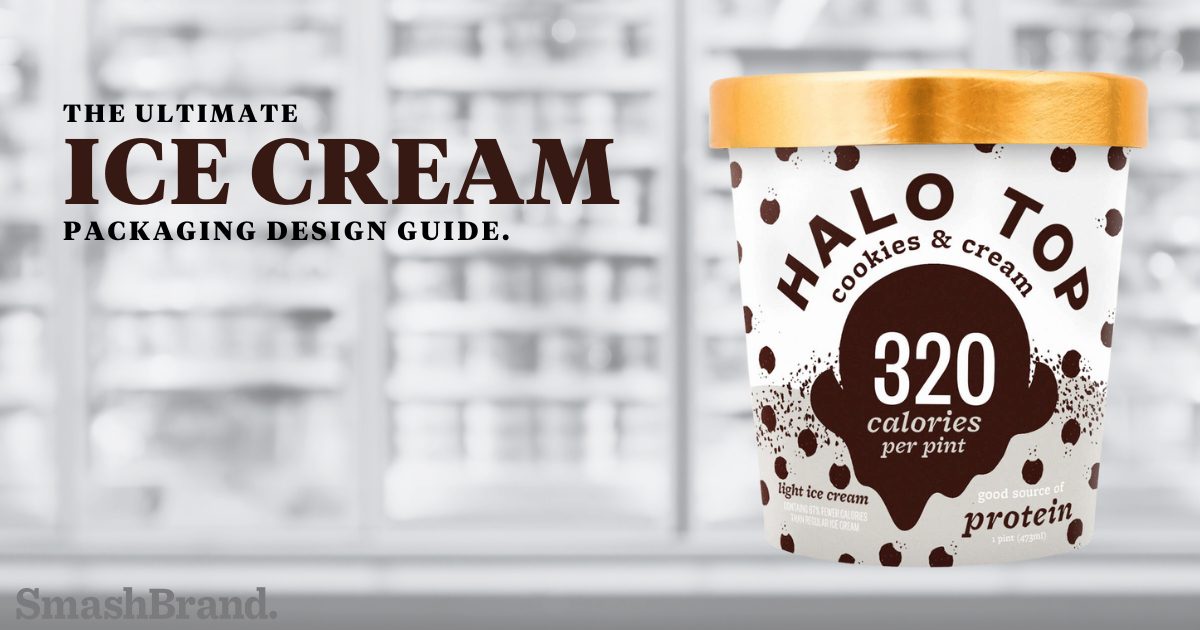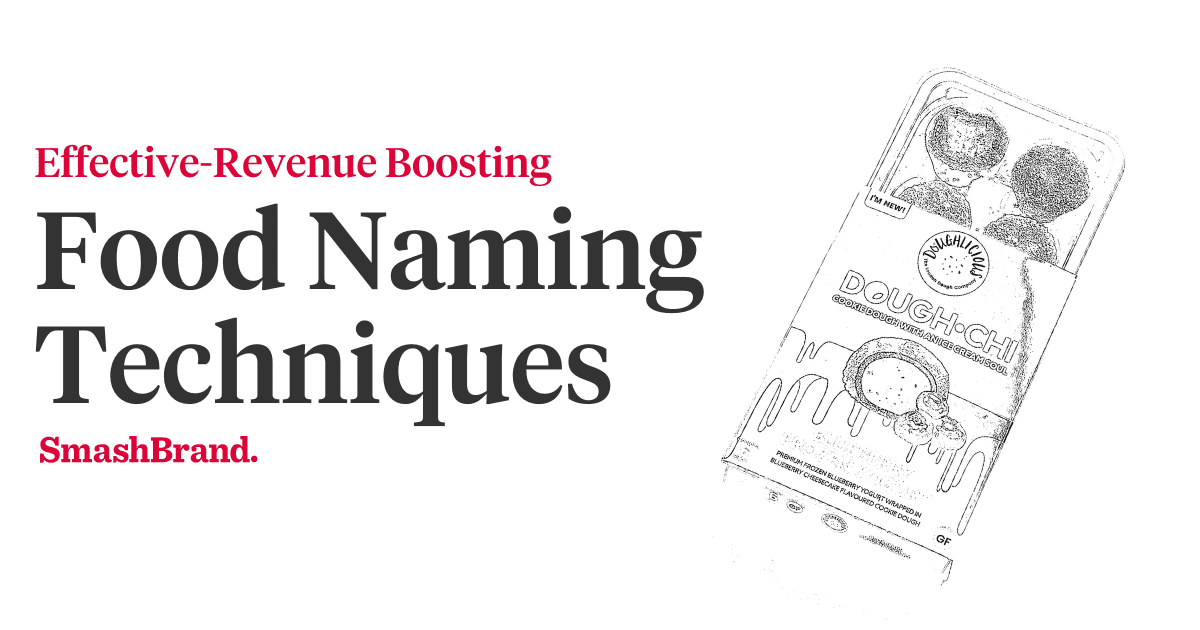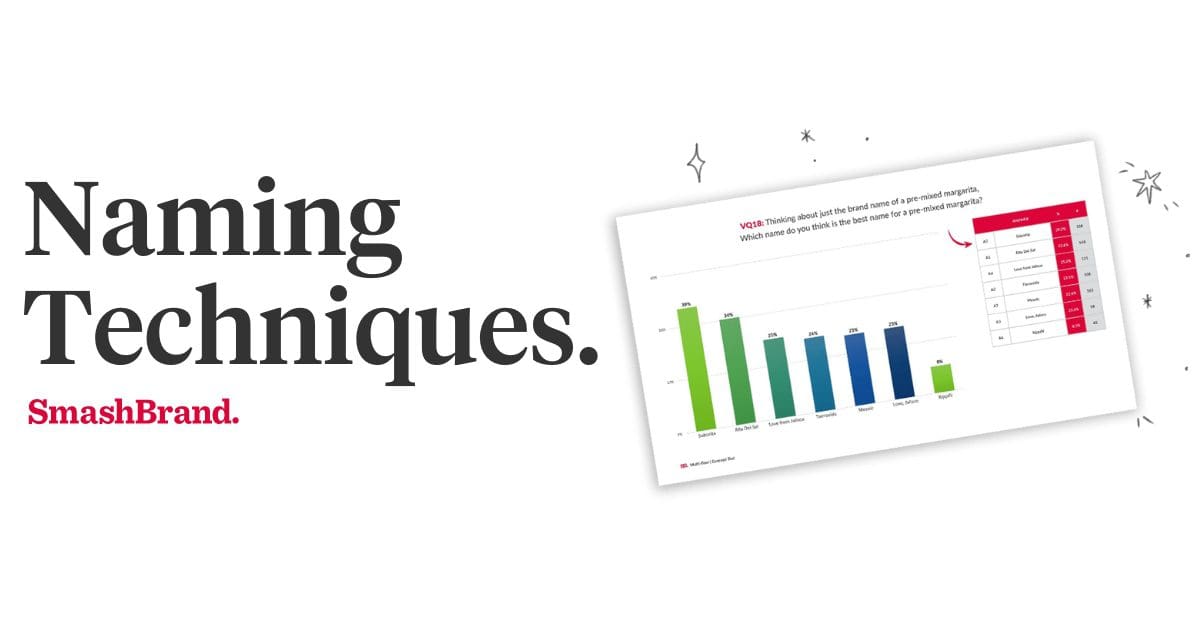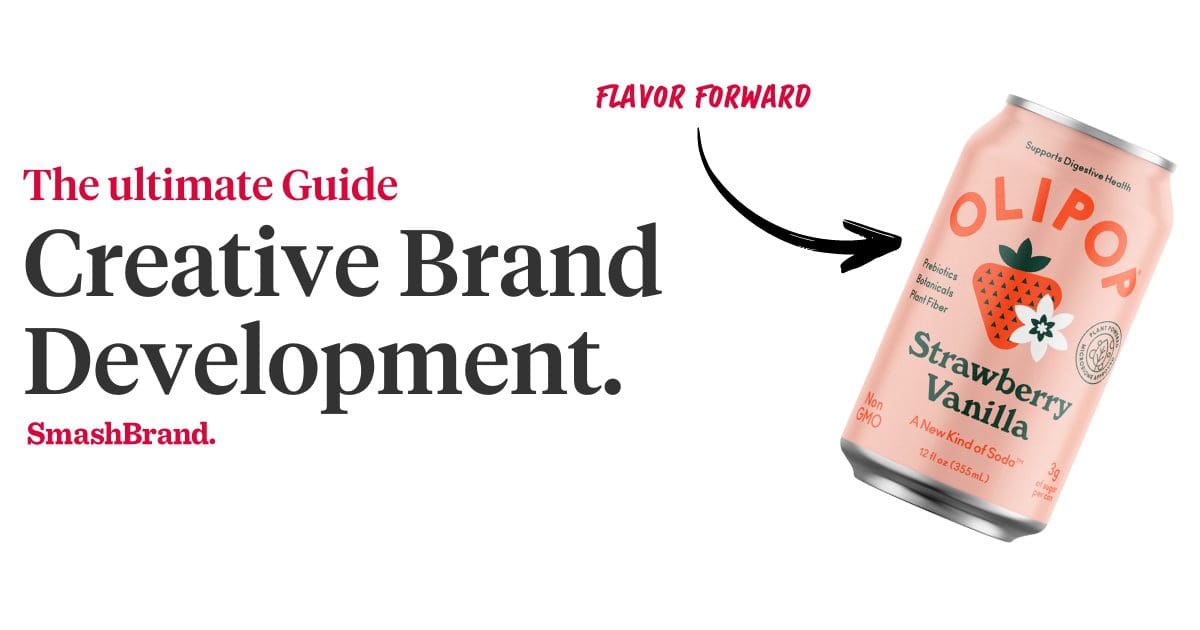Listen to This Article

From classic vanilla to trendy artisanal flavors, ice cream is a beloved treat everyone enjoys despite their age. However, being one of the most popular CPG products, this category has enormous competition.
Therefore, it is no longer the “taste” of the ice cream that wins the best-of award. It’s the emotionally satisfying ice cream packaging design that stands out from the crowd and entices the consumer to initially and repeatedly make a product purchase.
This article explores the secrets to designing the perfect ice cream package to capture attention and build loyal consumers.
In addition, we will also discuss how to understand your target market with various design elements, such as the principle of colors, while designing the perfect ice cream package.
So without further ado, let’s get into it!
Get your Hands on the SmashReport!
And enter to win a FREE brand diagnosis worth $20,000.
*The SmashReport is a monthly newsletter for FMCG and CPG brands, helping them stand out in the competitive retail marketplace.
Understand the Target Market
A detailed market analysis is the first step in designing the right product package. Understanding the target market is crucial because it helps to select the right colors and designs that resonate with the audience’s emotions.
Packaging design companies must know that colors are vital in catching customers’ attention and signaling an emotional response.
While color is an essential aspect of the package design for an ice cream box, there are a few other key elements to consider when collecting data to understand the target market.
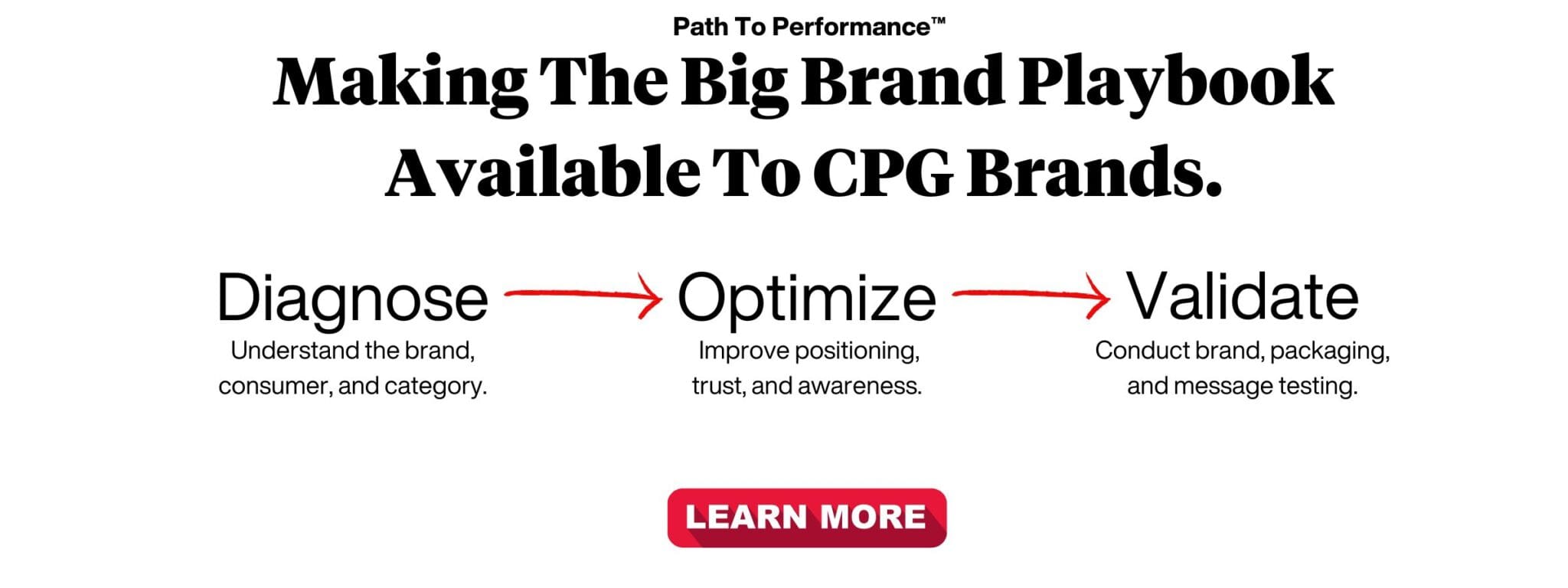
Consumer Demographics
The first and most important thing to remember is the demographics. Demographics include age, income level, gender, interests, and geographic region.
For instance, a luxury ice cream brand may target consumers with higher incomes and a taste for a higher-end product. In contrast, the children’s ice cream brand will target parents and children and tailor the design of the package accordingly.
Understanding the target market’s demographics will help you automatically tune your design and create the best ice cream box design.
Consumer Psychographics
Another critical marketing element is understanding the target market’s psychographics. Psychographics includes the values, attitudes, and lifestyles of the people for whom we make the product.
For example, some people are conscious about the ingredients of the ice cream. They may be health-conscious, looking for low-fat and organic ice cream, or adventurous consumers who love trying unique flavor combinations.
Design Elements to Consider
Apart from understanding the market, there are some key design elements to consider when creating a design for the packaging of ice creams.
These design elements include typography and fonts, color, imagery, and shape of the packaging. Remember, each piece psychologically impacts the customer and must be chosen wisely.
Let’s discuss all these design elements in detail.
Package Color
The first thing the customer sees on a package is color. It gives an aesthetically pleasing look to the box of the ice cream. However, that’s not all; we also use colors to engage the customers emotionally, as each color has a specific meaning.
For instance, warm colors like red and orange can create a sense of excitement. While on the other hand, green pistachio and dark chocolate can evoke a feeling of calmness and relaxation.
You may have already noticed famous ice cream brands like Ben & Jerry’s using various colors that resonate with the flavor of ice cream and create a visual appeal to the customer.
Package Typography
While color is one of the most essential elements in package design, remember the power of typography. It is the main body of the package that conveys the verbal message to your customers.
Each type of font carries a specific message for the customers. For instance, look at the Ben and Jerry’s ice cream carton. They use “Chunk Five” fonts with a bold and playful display. Besides that, here is a list of some popular fonts that can work best with ice cream packages:
| Font Icecreamer |
| Characteristics Bubble and geometric style |
| Style Playful |
| Use Cases Ice cream brands |
| Price Free |
| Font Babel Gamee |
| Characteristics Bubble letters with shiny lines |
| Style Fun |
| Use Cases Children’s” brands, animation posters, comics |
| Price Free |
| Font Sweet Dessert Typeface |
| Characteristics Smooth and thin lines |
| Style Elegant |
| Use Cases Ice cream cake decorations, invitation cards, girl designs |
| Price Premium |
| Font Ice creamBerries |
| Characteristics Small glow resembling jelly cherries |
| Style Whimsical |
| Use Cases Bubble and fantasy birthday designs |
| Price Premium |
| Font Baby Eskimo Kisses |
| Characteristics Inspired by Eskimo houses |
| Style Cold |
| Use Cases Ice cream and frozen food packaging |
| Price Free |
| Font Iceroll |
| Characteristics Creamy drops indicating melting letters |
| Style Practical |
| Use Cases Dairy products and ice cream packaging |
| Price Premium |
Package Imagery
Any exemplary food package design is incomplete without decent imagery, especially for ice cream. Imagine if ice creams were displayed in plain brown cardboard cartons and white wrappers. Except for the sustainable minimalist, few would buy them next to a carton of Halo-Top.
Just like color and typography, imagery helps visually communicate the flavor and quality of the product to the respective customers. Good product imagery with the right color and typeface can boost purchase intent and create a successful brand image.
For example, a photograph of a scoop of chocolate ice cream with chocolate chips and swirls may tell customers that the product is rich, indulgent, and high-quality.
Apart from that, look at the imagery on the packaging of Ben and Jerry’s, Brayers, and Blue Bell; you will notice that the package represents the ice cream’s flavor, richness, and quality.
Package Shape
Last but not least, the body of the ice cream package also has a specific message. You may have noticed that ice cream brands targeting young children commonly use round cups and popsicles.
These kid-friendly packages allow the target consumer to eat the ice cream anywhere they want to without using extra utensils. Similarly, ice creams designed for large groups usually come in tub-shaped boxes with wide openings.
It’s obvious, but this helps quickly scoop the ice cream into cones or bowls and allows multiple people to eat directly from the box.

Here’s a category-disrupting idea: Why not create party-friendly packaging with individual servings? Sure, they exist in warehouse stores, but their messaging does not indicate their use for birthdays and other occasions. There’s an opportunity for unique positioning here.
Different Types Of Ice Cream Packaging
After learning about the essential package design elements, the next thing to know about is the different types of packaging used in the ice cream business.
Ice cream brands have used various containers to package these ice creams for decades. Each type of container isn’t just for a brand representation but has a specific purpose and depends on the kind of ice cream.
Let’s take a closer look at the different types of ice cream packaging used and what is the main reason behind each package type.
Ice Cream Tubs
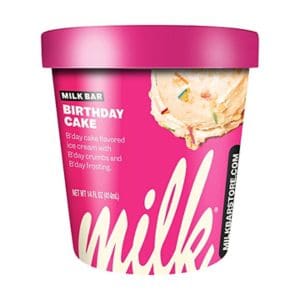
The first and most famous type of ice cream container is a tub used worldwide to serve ice cream. It comes in various sizes and can be either plastic or cardboard.
Tubs are the standard choice for a group of people as they usually come with a wide opening, making the dessert easily accessible.
Apart from that, the package design of an ice cream tub usually has large typography along with imagery of the ice cream and supporting material that reflects the flavor, quality, and richness of the ice cream.
For instance, one might have noticed that Ben and Jerry’s Chunky Monkey features a glimpse of the ice cream and a cow, representing a healthy ice cream with quality and freshness.
Ice Cream Cones
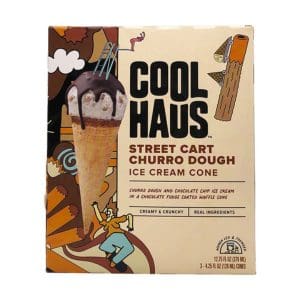
Unlike tubs, ice cream cones are the quickest way to package a single serving.
Cones are usually used as instant packaging and can be simple or decorative depending on the ice cream type and brand. For example, street vendors use waffle cones to serve scoops of ice cream.
While more prominent ice cream brands wrap it in paper with decorative patterns and images printed on it, the package design of a cone should consider practical aspects such as avoiding leaks and giving an aesthetic. Oreo ice cream cone is the best example of cone packaging.
Ice Cream Wrapped Alternatives
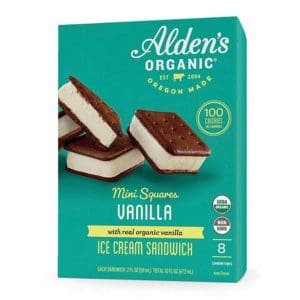
Lastly, ice cream bars, popsicles, and other frozen treats are packaged conveniently in wrappers. Brands design these wrappers according to the target audience and the type of ice cream product.
For instance, you may have seen ice cream sandwiches often in plastic wrappers. Apart from that, brands wrap ice lollies in colorful plastic wrappers. At the same time, paper wrappers cover some ice creams.
Whatever the wrapping material is, brands tailor all of them according to the target audience’s appeal. For instance, Magnum ice cream packaging features a sleek and modern design focusing on natural ingredients and an indulgent flavor experience.
Practical Considerations
Practical considerations are crucial when designing an ice cream carton or a package. It must be functional for both customers and manufacturers at the same time.
One of the primary practical considerations when designing an ice cream pack is the material used. The most common packaging materials used include paperboard, plastic, and aluminum. Selecting the packaging material is best if we choose it according to the type of ice cream (i.e., tub, cone, or bar).
In addition to this, the packaging material must be able to withstand different temperatures and conditions of the ice cream. For example, paper wrapping is bad for packaging an ice lolly. The paper wrapping won’t hold it once the ice lolly melts.
Apart from the type of material, ice cream brands must also focus on ease of use and resealing. Some ice cream packages are disposable, so you won’t be able to reseal them once you open them, for instance, the ice cream wrapper.
Such types of packaging are only suitable for specific types of ice creams only, such as bars and lollies. However, customers usually look for resealable options to store the ice cream in more significant portions.
Balancing practical considerations and aesthetic design will always make the brand stand out. While the aesthetics of the package attract the customer’s attention, practical considerations enhance the user experience.
Successful ice creams brands such as Gelato packaging, Haagen-Dazs’ iconic pint packaging, and Ben & Jerry’s packaging are good examples.
They all have aesthetically pleasing designs using bright colors and rich imagery. In addition, all of their tubs have tight lids that are easy to open and reseal for later use, making them more handy.
Branding And Marketing
Branding and Marketing must be the main focus when designing the packaging of ice cream. When creating the package, using clean and minimalist typography and vibrant colors that align with the brand values and effectively communicate the product’s unique selling point is essential.
Unique and easy-to-read fonts and pastel colors will automatically tie the package box to the brand. There are many practical examples, with magnum ice cream packaging being one of them.
One might have noticed that the elegant dark chocolate colors and unique “M” logo speak for themselves. Apart from that, Halo Top is another example of successful branding and marketing.
The brand uses clean typography and the product’s low calories and high protein content, allowing it to communicate easily with health-conscious customers.
Last but not least, Ben & Jerry’s is famous for its quirky and playful branding. The tub of ice cream has fun typography and bright colors, representing its brand image and social and environmental responsibility values.
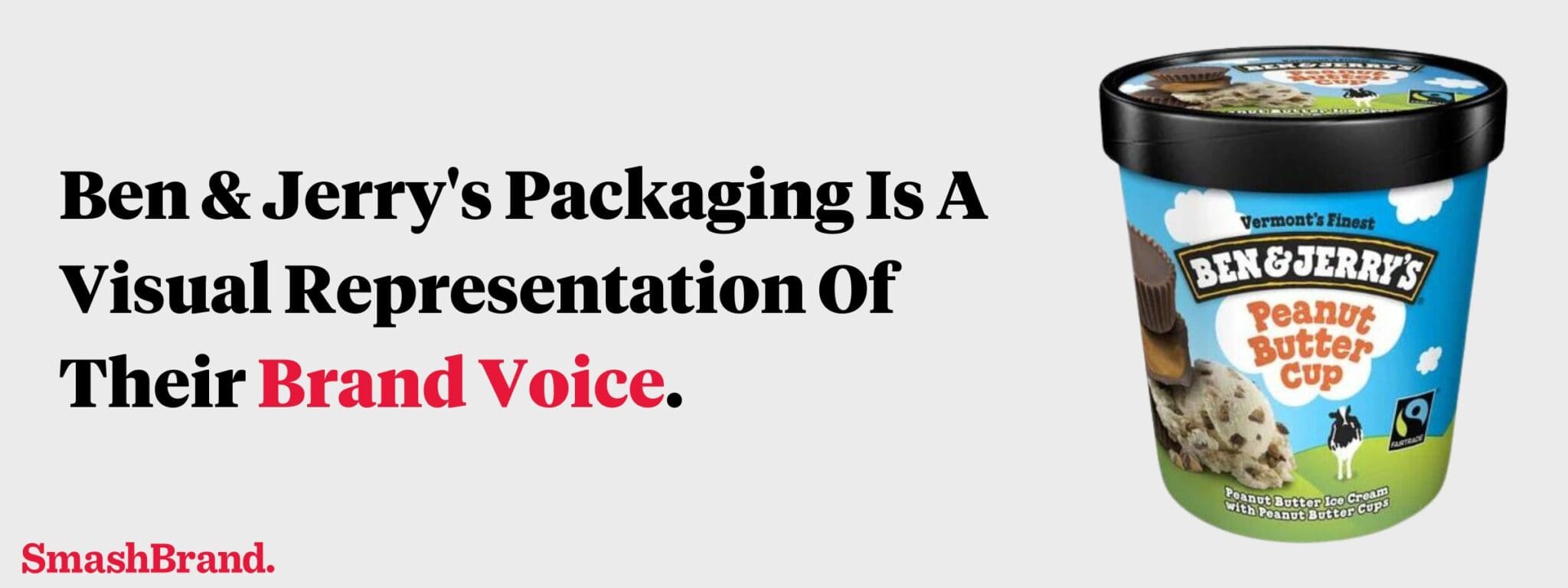
Ice Cream Packaging Trends
With the growing awareness of the environment and health, the ice cream package design is changing as it becomes more focused on health and environment-friendly.
Based on the data from the past decades, here are the top ice cream package design trends.
Plant-Based Design
As consumers increasingly prioritize health and sustainability, there has been a growing demand for plant-based ice cream options. This trend has also led to the rise of plant-based packaging designs that align with these values.
Plant-based packaging materials such as biodegradable plastics made from cornstarch and paperboard are becoming more popular.
These designs appeal to eco-conscious consumers looking for more sustainable packaging options. Compared to the old plastic-based wrapping, plant-based wrappers can quickly degrade in the soil, which does not pollute the environment.
Functional Ingredients
Ice cream brands incorporate functional ingredients such as protein, prebiotics, probiotics, and vitamins. These ingredients provide added nutritional benefits, and health-conscious consumers are looking for them.
Packaging designs that highlight these functional ingredients can be eye-catching and communicate to the consumer that they are purchasing a product that is not only tasty but also beneficial to their health.
Low-Calorie Design
With the rise of health-conscious consumers, low-calorie ice cream has become increasingly popular.
Brands have started incorporating packaging designs emphasizing low-calorie counts, such as featuring calorie counts on the front of the packaging.
These designs appeal to consumers looking for healthier options while enjoying their favorite treat.
Minimalist Design
Simplicity is becoming a growing trend in packaging design. A minimalist packaging design features clean lines, straightforward typography, and limited use of color.
Minimalist designs communicate elegance, sophistication, and a modern feel. These designs can also highlight the ingredients’ purity and the product’s quality.
Nostalgic Packaging
Nostalgic packaging designs evoke childhood memories and emotional connections to a product. These designs feature retro typography, vintage illustrations, and bright colors.
This trend is popular among brands that want to convey a sense of nostalgia and a timeless appeal to their customers.
Personalized Packaging
Customization and personalization are growing trends in packaging design.
Brands incorporate personalized elements into their packaging, such as adding the consumer’s name or photo.
This trend appeals to consumers who are looking for a unique and personalized experience with the product.
Staying Up-To-Date With Packaging Trends
To stay up-to-date with the latest packaging trends, designers and brand owners must stay informed about the latest industry trends. One way is to attend packaging design conferences and follow packaging design influencers.
CPG Market research, as well as keeping track of customer analytics, is fundamental in the product design business. It helps to understand the changing behavior of the customer with time and cope with the latest trends.
Sustainability in Ice Cream Packaging Design
Sustainability has become a significant concern in the packaging industry. Consumers are becoming increasingly aware of the environmental impact of packaging, demanding more sustainable options from environmentally focused and big-name brands.
Ice cream package designers must focus on the sustainability of the packaging during the design.
Speaking of sustainable ice cream product packaging, here are some of the main benefits:
- It helps to reduce the environmental impact.
- It aligns with the growing customer demand, increasing brand loyalty and reputation.
- Sustainable packaging can be cost-efficient in the long run.
The best way to manufacture eco-friendly ice cream product packaging is by using bio-degradable materials such as paperboard, cardboard, and cornstarch.
Apart from that, taking a minimalist packaging approach is helpful. Optimization of the size and shape of the package will help save transportation charges as the product takes up less cargo space.
Examples of Sustainability in Ice Cream Packaging
To better understand the sustainability of ice cream product design, let’s take a look at some common examples of different successful brands:
Ben & Jerry’s is one of the most renowned ice cream brands in the US that is famous for its quality ingredients and top flavors.
The company has switched to 100% post-consumer recycled (PCR) plastic for its pint containers, resulting in a 69% reduction in carbon emissions and a 76% reduction in water usage.
Apart from that another example is Halo Top. The brand’s packaging includes a lightweight, eco-friendly paperboard; the containers are 100% recyclable.
They also use minimalist designs that use less material and eliminate unnecessary waste.
Seasonal Ice Cream Packaging Design
One of the most effective ways to boost sales and attract customers is to incorporate seasonal packaging designs by adopting ice cream designs according to specific events and seasons.
It can be anything, such as holidays and changing seasons. It will help create an extra sense of excitement and engage the customers emotionally by triggering their emotions.
Seasonal packaging design requires a careful selection of colors, imagery, and typography to align with the event’s theme.
For instance, an ice cream package designed for Christmas should have snowflakes, Christmas trees, lights, and red colors to align with the event perfectly.
Some of the most common examples from the industry include the Häagen-Dazs Valentine’s Day collection and the Ben & Jerry’s Christmas flavors.
Ice Cream Packaging Innovation
Innovating ice cream packaging has significantly improved product preservation. It not only helps attract the consumer’s attention and boost sales but also helps keep the ice cream product safe.
Here are some innovations in ice cream packaging:
Temperature Control Packaging with advanced insulation and refrigeration helps enhance the product’s shelf life and improves its durability by keeping it frozen longer.
Temperature control packaging helps ship the ice cream without ruining its shape and taste. Similarly, as discussed earlier, the bio-degradable packaging of ice cream helps reduces the environmental impact.
In addition, for health-conscious customers, interactive packaging can be helpful. Ice cream packages with QR codes can help navigate the customer to the required information about the product just by scanning the code.
Furthermore, it can open new advertisement ways and help increase brand identity.
The Future of Ice Cream Packaging Design
The future of ice cream packaging design is likely to focus on sustainability, convenience, and innovative features.
The demand for sustainable and eco-friendly packaging options will continue to rise, and ice cream manufacturers must adapt to this trend.
Packaging designs that offer convenience, such as single-serve or resealable options, will also become increasingly popular.
In terms of innovation, we may see more interactive packaging designs that engage consumers through augmented reality or other digital features.
Personalization and customization may also become more prevalent, allowing consumers to design their ice cream packaging.
Ice cream manufacturers must create packaging designs that stand out in retail stores and effectively communicate the brand’s value proposition.
Packaging that effectively showcases the product and its unique features will continue to drive retail sales.
Data-Driven Packaging Design For CPG Brands
Ice cream and chocolate will always be a top consumer packaged goods product category, inevitably leading to intense industry competition.
It means competing with other brands with traditional marketing tactics is nearly impossible. This is where Smashbrands come into action helping category challengers become competitive threats.
SmashBrand offers brand development services for FMCG and CPG companies. From brand strategy to packaging design testing, our Path To Performance™ process guarantees a retail performance lift. Book a time to discuss your project with our team.

